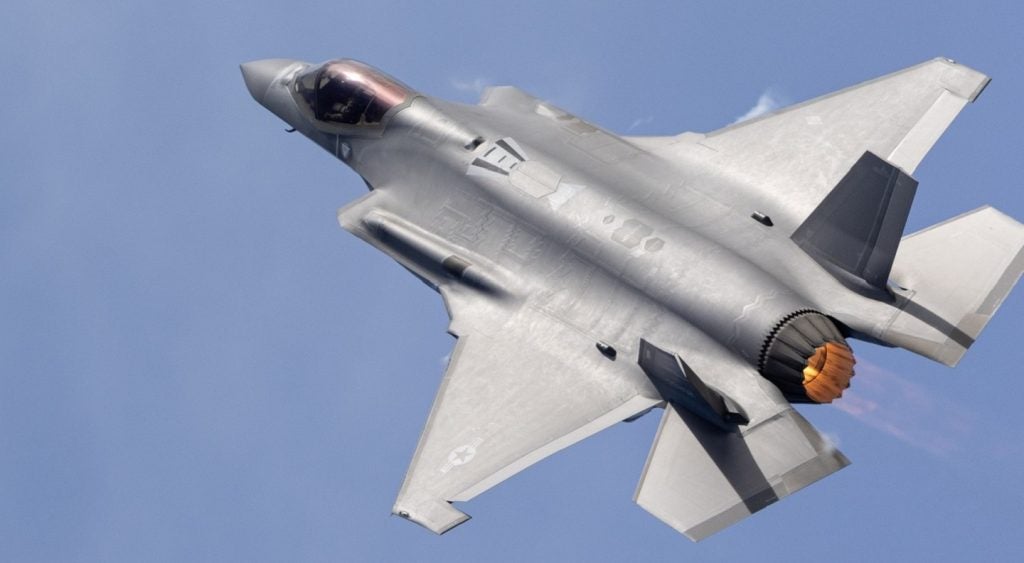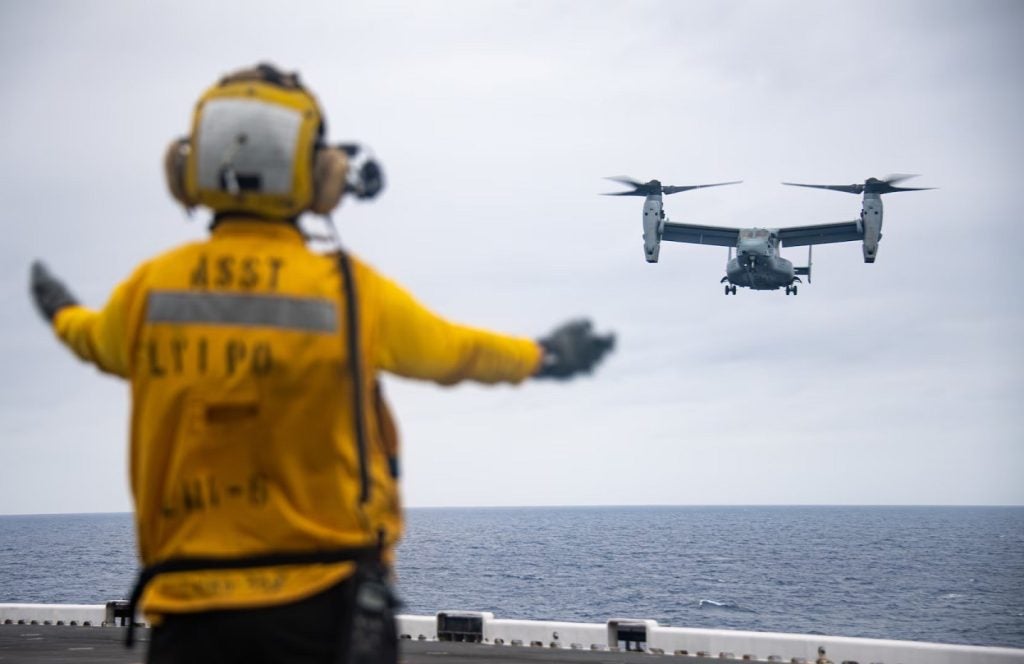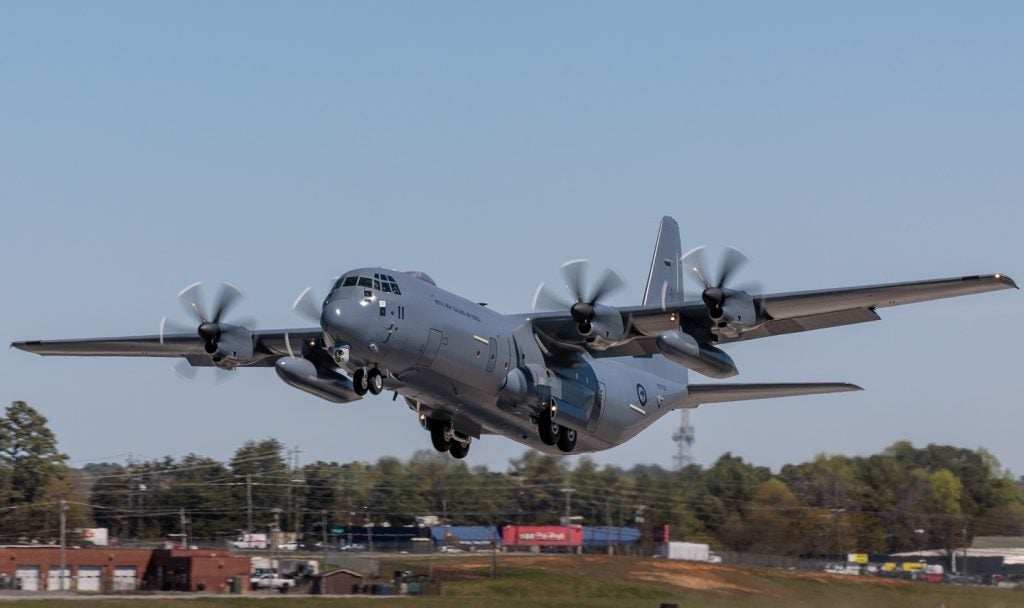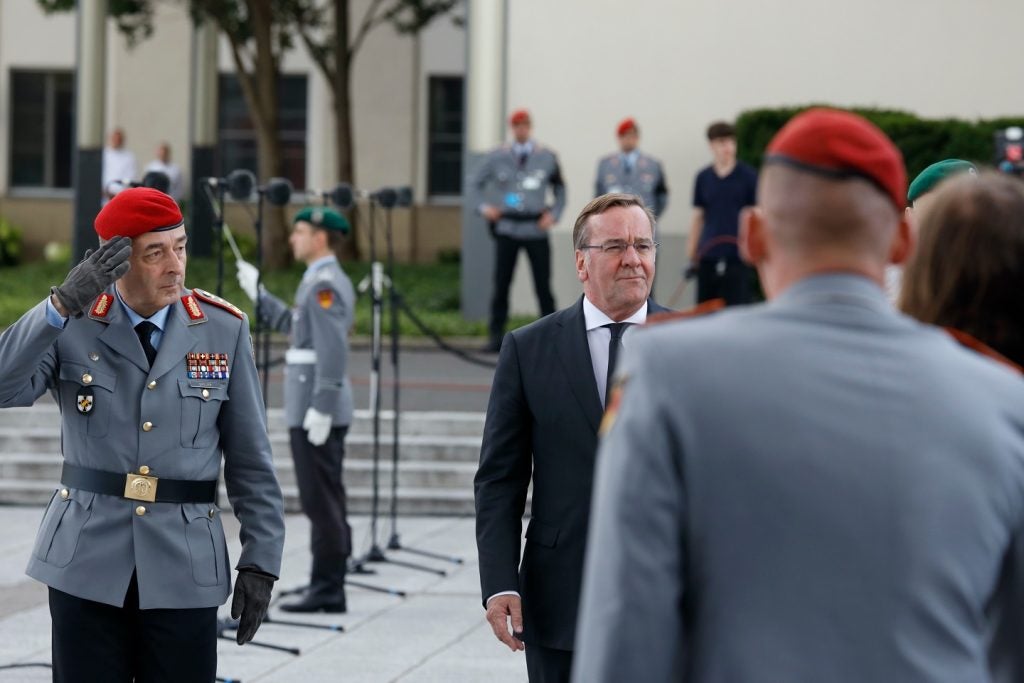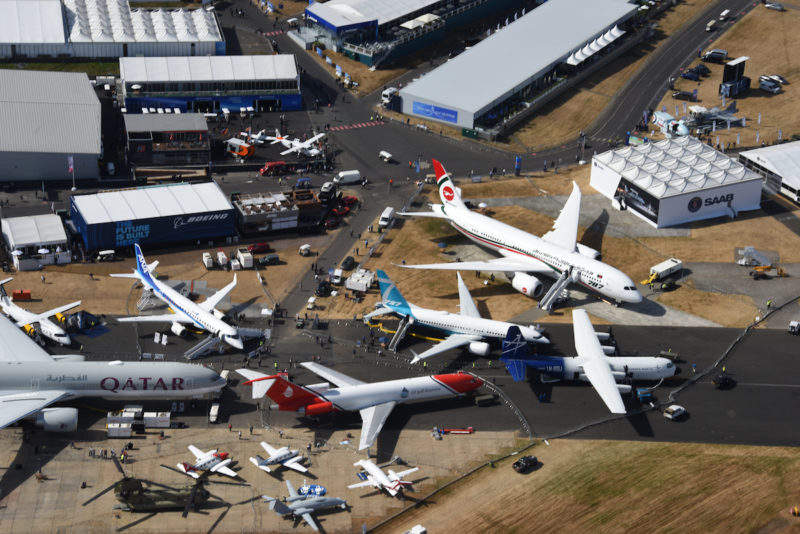
Set over a few cloudy, drizzly days in the middle of a long, hot summer, some public visitors dubbed this year’s Farnborough the ‘Brexit Airshow’. For them, there were too few exciting new aircraft on display, and the flying displays were lacklustre, not least because for safety reasons aerial acrobatics are seriously curtailed, with even the Red Arrows restricted to formation flypasts.
Against this background, however, the trade days more than made up for what the public days lacked with contracts worth a staggering $200bn signed over the week, suggesting UK Aerospace plc is still very much open for business.
Opening the event, Prime Minister Theresa May announced a series of measures to boost British aerospace companies and launched the UK’s Air Combat Strategy.
“We will invest in new technologies, support cutting-edge innovation, collaborate internationally and initiate the programme which will deliver the next generation capability,” she said. “And crucially, we will work in partnership with industry to achieve this.”
Aircraft
In support of this, Defence Secretary Gavin Williamson announced the next phase of the Future Combat Air System Technology Initiative through a partnership known as Team Tempest, consisting of BAE Systems, Leonardo, MBDA and Rolls-Royce working alongside government.
“This will deliver over £2bn of investment up to 2025 and help secure the long-term future of our combat air industry as we lay the groundwork for the Typhoon successor programme,” said Williamson.
How well do you really know your competitors?
Access the most comprehensive Company Profiles on the market, powered by GlobalData. Save hours of research. Gain competitive edge.

Thank you!
Your download email will arrive shortly
Not ready to buy yet? Download a free sample
We are confident about the unique quality of our Company Profiles. However, we want you to make the most beneficial decision for your business, so we offer a free sample that you can download by submitting the below form
By GlobalDataThe physical manifestation of this agreement was a future fighter aircraft concept model developed by UK industry in collaboration with the Ministry of Defence. Slated to fly alongside the UK’s existing fleet of Typhoons and F-35s by 2035, the optionally-manned Tempest jet would have a virtual cockpit and support next-generation combat with technology including swarming weapons and directed energy weapons.
But if you’d wanted to see current or historical military aircraft in the air, you would have been better watching one of the RAF 100th anniversary celebration flypasts or the Royal International Air Tattoo the week before. With only the General Dynamics F-16 Fighting Falcon doing a flight display and a blink-and-you-miss-it flypast from the RAF’s Lockheed Martin F-35B, some commentators accused Farnborough of having just a token military presence in favour of pushing commercial deals.
The static displays had as stronger military aircraft presence, including the Airbus A400M, RAF Eurofighter Typhoon, USAF F-15E Strike Eagle, US Army Boeing Chinook, Ukrainian Antonov AN-178, Embraer KC-390 multi-mission aircraft, Boeing AH-64E Apache helicopter and Lockheed Martin C130J Super Hercules.
Missiles
Defence contractors used Farnborough to showcase their newest missiles, often alongside the aircraft that can carry them. For example, MBDA displayed its Meteor air-to-air and SPEAR air-to-ground missiles alongside the Eurofighter Typhoon, and Saab Dynamics unveiled its RBS 15 Mk4 anti-ship missile, which can be launched from the Swedish Air Force’s JAS Gripen E multi-role fighters.
Turkish manufacturer Rocketsan displayed mock-ups of a range of its missiles, including the Cirit 70mm semi-active laser guided rocket designed to equip the Turkish Army’s attack helicopters.
And while not a new weapon, Thales announced a new market for its Lightweight Multirole Missile, defending against swarms of fast inshore attack craft when fired from helicopters.
Supporting technology
Away from the runways, Farnborough’s exhibition halls were full to the rafters with technology supporting armed forces and prime contractors.
Military unmanned systems continue to be a massive growth area for military customers, and Esterline Technologies presented its next-generation Harm’s Way Controllers (HaWC) to operate them intuitively. Designed like games controllers, they offer operators improved situational awareness and control while remaining at a safe distance.
Esterline Avionics Systems sales vice president Kristof Vierin explained: “We had a lot of customer feedback which we incorporated into Insight HaWC, which is for line-of-sight use, and Mighty HaWC, which incorporates a visual display from multiple cameras for beyond of line of sight.
“They can be used with manned or unmanned systems, including drones, or to control remote weapons stations, while keeping operators out of harm’s way. They now come with more interfaces for different systems, including USB. The controllers used to be custom-made for each order, but these let us offer a much faster lead time.”
In the Airbus pavilion, Airbus Defence and Space unveiled the new Zephyr S high-altitude pseudo-satellite, the first production satellite in the Zephyr programme. Zephyr runs entirely on solar power, combining satellite and UAV capabilities to provide military communication and intelligence, surveillance and reconnaissance (ISTAR) capabilities.
Airbus CEO of Defence and Space Dirk Hoke declared it “a new future for stratospheric flight”. A Zephyr aircraft that launched from Arizona in July broke the flight endurance record of an aircraft without refuelling, staying aloft for 25 days, 23 hours and 57 minutes.
Raytheon’s Intelligence, Information and Services business used Farnborough to share the news that it had demonstrated that its Low-Power Radar (LPR) can provide precision approach guidance to aircraft from 15 nautical miles; five times as far as current capability. A one-metre square active electronically scanned array, LPR can also be used to detect and track small drones, including as part of counter drone solutions which we will explore further in the next issue.
“This radar is like a Swiss Army knife; it has broad applications across a lot of missions,” said Matt Gilligan, vice president of Raytheon’s Navigation, Weather and Services mission area. “Its extended range expands options for managing multiple fast aircraft on approach.”
Space zone
Farnborough’s Space Zone was a testament to the UK’s determination to carve out its niche in the global space industry post Brexit, with the government announcing four news spaceports which could be launching satellites in as few as three years. While Sutherland on the north coast of Scotland will host a traditional vertical rocket launches, Cornwall, Glasgow and North Wales will have horizontal launch sites from which space planes will carry satellites and ever space tourists.
Ken Gabriel, president and CEO of Draper Laboratory, a not-for-profit engineering research and development company, said: “I firmly believe we are experiencing a new space age. Seeing some of the leading companies – established and start-ups – that are developing the new capabilities and underlying technologies, really brought this home.”
Gabriel added that there is a potential for large numbers of small satellites.
“New sensing, communication and processing technology in the small satellite market is on the verge of delivering game-changing capabilities for a range of industries,” he said. “In the near future, networked constellations of these small satellites will shift our infrequent, relatively static sensing and imaging of Earth to dynamic sensing and imaging that allows for change detection.”
He added that autonomy in space is also an increasingly exciting area and a major focus for future innovation.
“We saw at Farnborough many examples of engineers and scientists leveraging and contributing to advances in vision-based mapping and autonomous systems to develop next-generation autonomous orbital manoeuvring platforms and landing systems,” he said. “These new systems offer opportunities to not only explore but to benefit from hard-to-reach and dangerous parts of space.”



